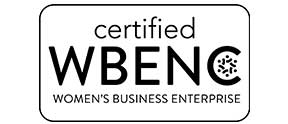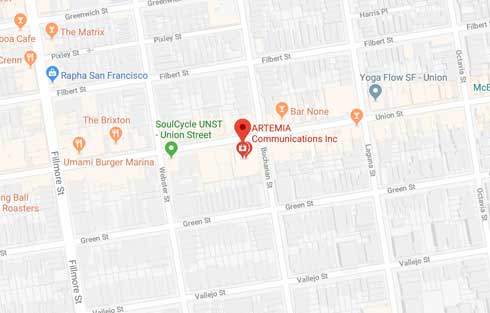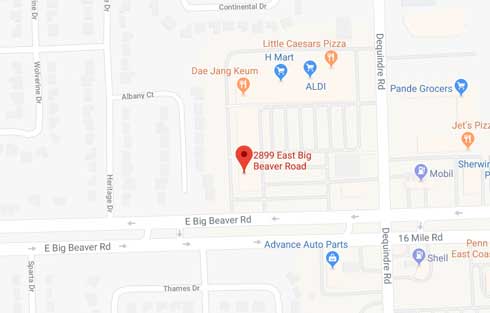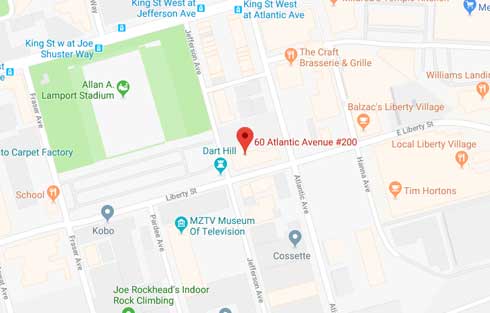BLOG CATEGORIES
SUBSCRIBE
FOR LATEST UPDATES
Sign up for our monthly newsletter with our latest offers,hot blogs and much more !


JOIN US
FOR CALL
Lets chat via skype to discuss your questions concerns, and project needs
TRENDING NOW
Electronic waste is piling up – what can you do to stop it?

Around the world, electronics with hazardous components lay in landfills, illustrating the rapidly growing e-waste crisis. According to The Roundup, there are over 347 megatons — or approximately 765 trillion pounds — of e-waste on the planet and the weight of this discarded technology is only increasing, literally and figuratively.
This article explores how we can do our part at home and in the workplace to help reduce electronic waste. Before we discuss solutions, though, we need to take a closer look at the problem.
Defining E-Waste
The United Nations defines E-waste as “any discarded product with a battery or plug, and features toxic and hazardous substances,” that pose a serious risk to humans and the environment. For example:
- Cellphones
- TabletsComputers
- Monitors
- Printers/Scanners
- Televisions
- Small appliances
The pieces of technology that we rely on contain a plethora of dangerous chemicals, such as beryllium, lead, mercury, and cadmium. These devices are not biodegradable, causing their toxic elements to collect in the environment, contaminating the soil, air, and water and adversely impacting our health.
In addition to harmful chemicals, electronics generally contain raw materials such as gold that can be recycled. Unfortunately, most devices are not properly disposed of; the World Health Organization estimates that the value of these materials in e-waste is about $58 billion.
‘Tsunami of e-waste’
According to the U.N., 50 million tons of e-waste — equivalent to 125,000 jumbo jets — are produced globally each year. By 2050, it estimates that the annual number will be closer to 120 million tons.
“With mounting volumes of production and disposal, the world faces what one recent international forum described as a mounting ‘tsunami of e-waste,’ putting lives and health at risk.” Dr. Tedros Adhanom Ghebreyesus, WHO Director-General
In 2019, 6.92 million tons were produced by the United States alone — that’s approximately 46 pounds per person. Despite being one of the leading contributors to the problem, research by GWI found that only about one-third of American consumers know what e-waste is.
GWI also examined nine key markets around the world and found that on average 8 in 10 consumers recognized the term “e-waste,” with about one-third of respondents saying they knew the term but did not know what it means. Additionally, another 18% of people had no familiarity with e-waste or the significance of its impacts.
As sustainability experts, we understand that lack of awareness only adds to the problem; if a person doesn’t know what e-waste is, they likely don’t know how to address it. Informing those around you is one of the first steps you can take in combating the crisis, but it certainly isn’t the only way you can make a positive impact.
Want vs. Need
We have all had the desire to get our hands on the latest and greatest technology, but “desire” is not synonymous with “need.” Prior to purchasing a new device or upgrading your old one, consider your reason for doing so.
Let’s say, for example, your favorite manufacturer just announced the release of its latest smartphone. It would be an upgrade from your current device, however, you just purchased that one six months ago. It functions properly and has the capabilities you require. Sure, the new device looks cool, but is it something you need or is it something you want?
If you genuinely need a new device (or if you can’t resist the temptation to upgrade), there are environmentally friendly ways to do so.
Reducing e-waste with rentals
Are you the type of person who upgrades regularly? It may be worthwhile to pursue rental options. Leasing a laptop, tablet or smartphone offers the freedom to upgrade without accumulating a drawer of old devices. Instead, you said the item back and it refurbished or properly recycled. Often, there is an option to purchase the device outright, as is the case with Grover, a German startup.
Last year, the company reported that it has recirculated approximately half a million technology products in Europe, resulting in the prevention of about 1,500 tons of e-waste. Grover has continued to expand globally, offering consumers access to new tech while keeping used devices out of landfills.
If an office-wide upgrade is in order, many major manufacturers including HP and Dell offer leasing programs that cater to businesses.
Recycle, donate or resell
If your device is still functional, there are numerous organizations that accept electronics and distribute them to people in need such as the National Coalition Against Domestic Violence, 911 Cellphone Bank or Cell Phones for Soldiers. If you are looking to recoup the cost of your device, consider selling it online or at an EcoATM. Alternatively, many communities offer e-waste collection services and numerous vendors including Best Buy and Office Deport accept used electronics.
According to the WHO, only about 17.4% of the e-waste produced in 2019 was properly recycled. Those efforts prevented as much as 15 million tons of carbon dioxide equivalents from being released into the environment — imagine the impact we could have if we all ensured our devices were disposed of properly.
In conclusion
Taking conscious steps to reduce your environmental footprint is integral to keeping our planet habitable for future generations. ARTÉMIA has been dedicated to sustainability since 2005 and our team of experts is ready to assist you in implementing sustainable practices and communicating new initiatives to your stakeholders. Let’s talk! Please give us a call at (415) 351-2227 or email service@artemia.com.
Read more about sustainability:
Time to get smart about smart grids
Taking on wildfires with technology
The problem with plastic and how it is being solved
Making EVs truly green
You can get the latest sustainability tips, communications trends and more delivered straight to your inbox. Please fill out the form below to subscribe to our newsletter.
see more...

The Importance of Corporate...
This article is the first in a series on incorporating water efficiency polici...
LEARN MORE
How to Establish a Corporat...
This article is the second in a series on incorporating water efficiency polic...
LEARN MORE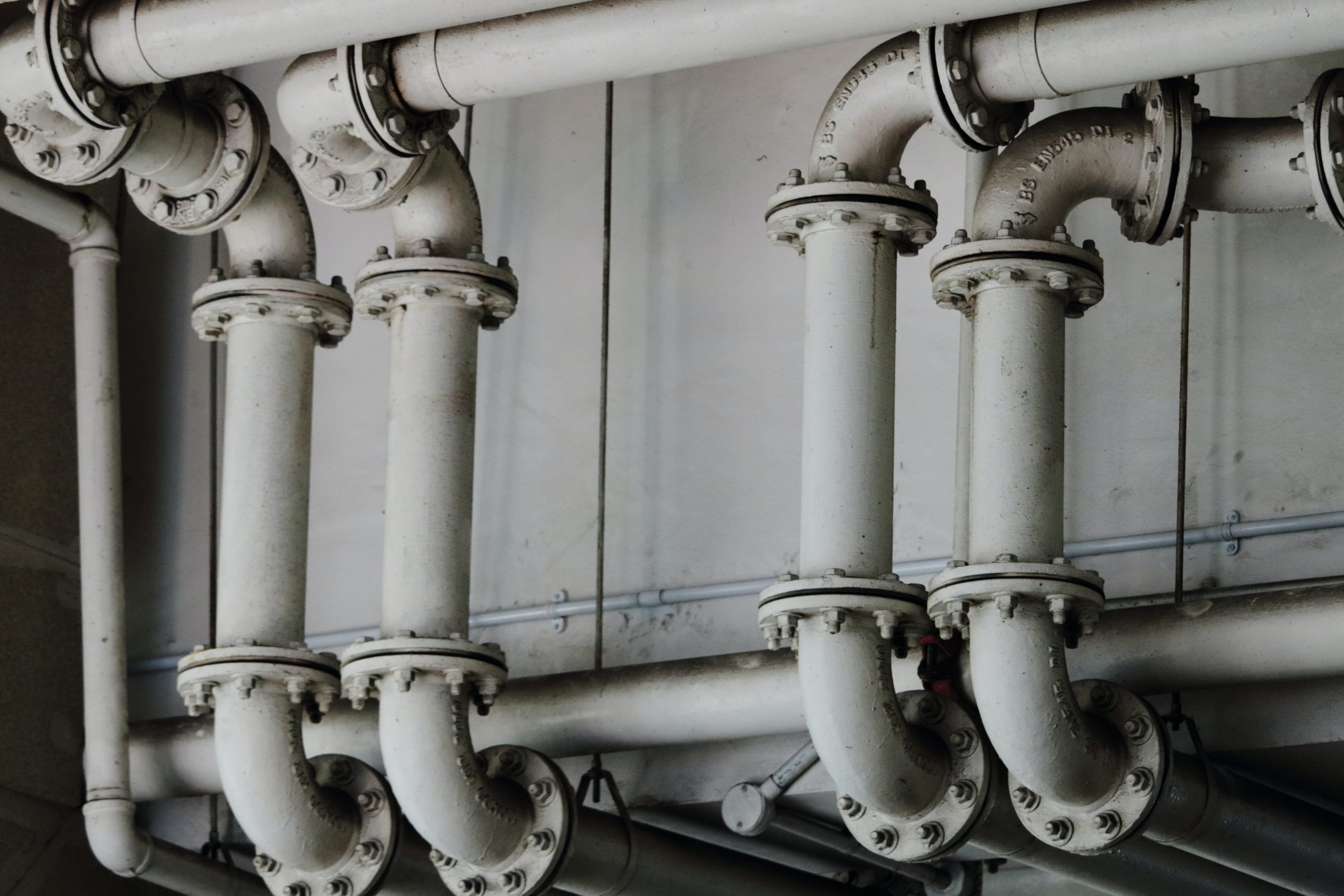
Updating Facilities with Wa...
This article is the third in a series on incorporating water efficiency polici...
LEARN MORE


